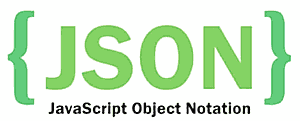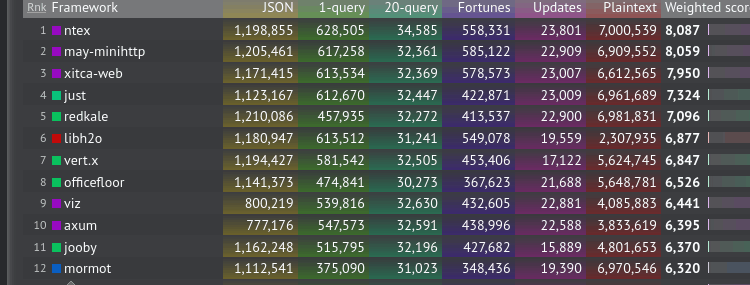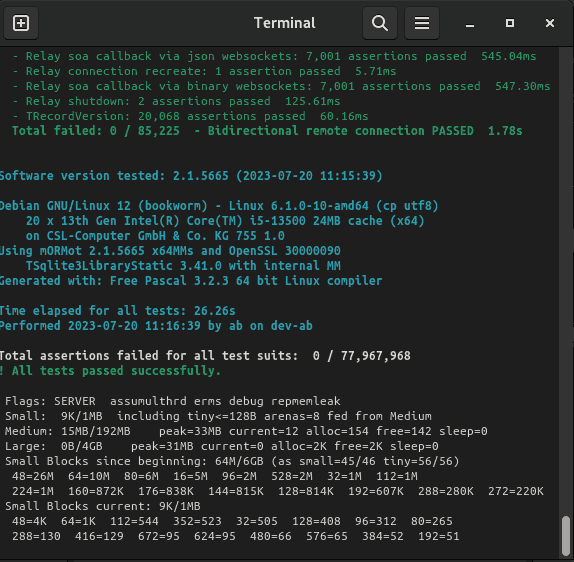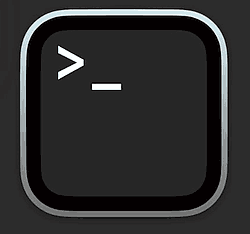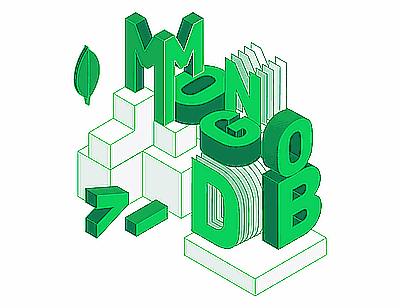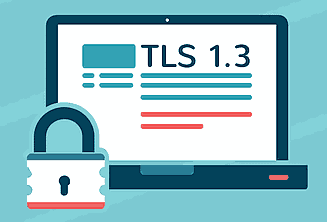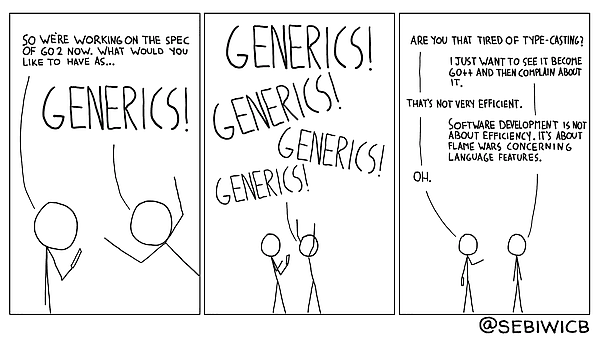
mORMot is a general purpose Open Source library, which features some advanced cryptographic primitives. It is written in modern object pascal, with some assembly for its core process. It is used since years in several security-sensitive projects, and has been audited internally by at least one billion dollar company.

We already spoke about this a few years ago. In the meanwhile, the implementation details of our CSPRNG (Cryptographically Secure Pseudorandom Number Generator), as it is currently in the mORMot 2 repository, have been tuned and proven. Time to share some more information.








